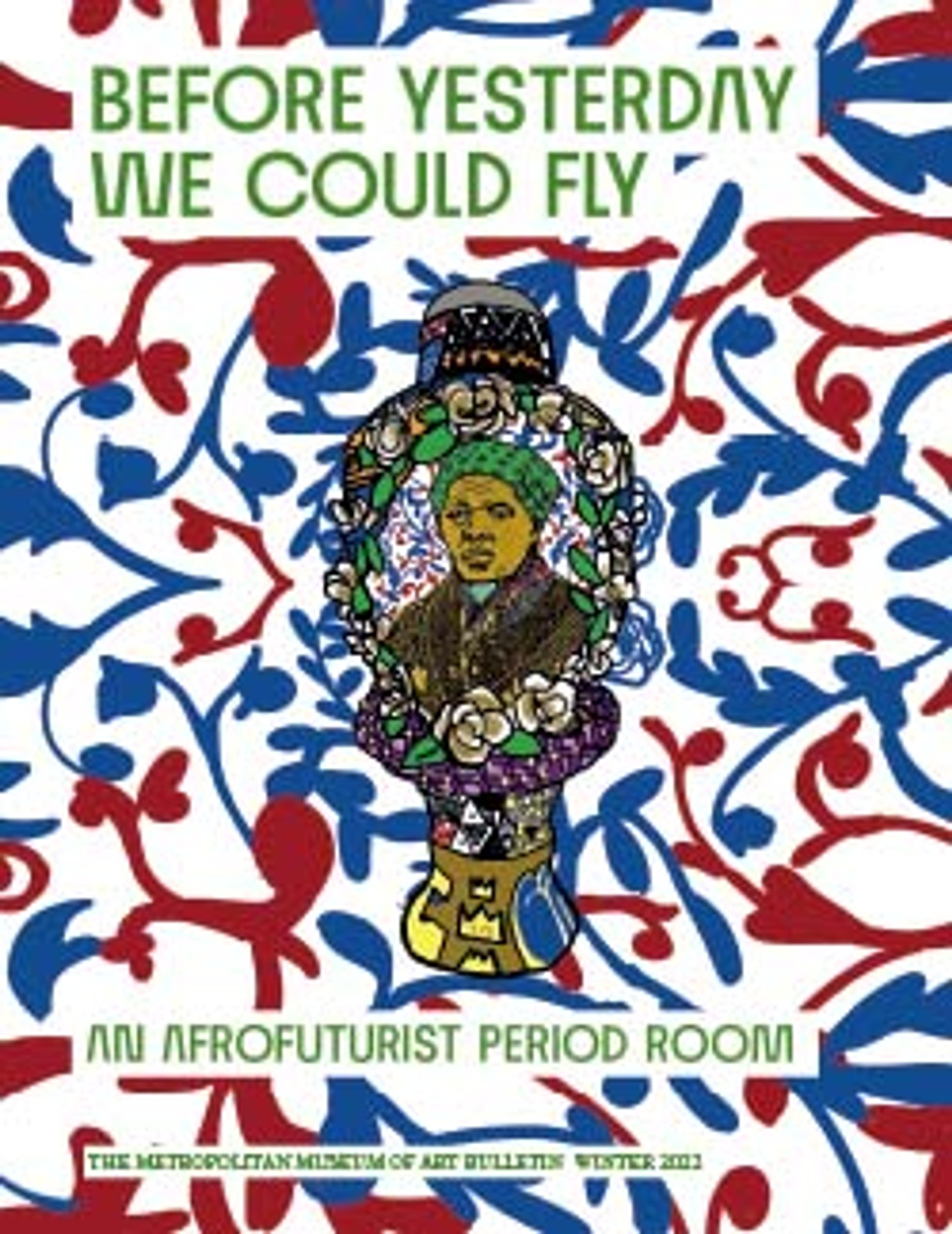Room from a hotel in the Cours d'Albret, Bordeaux
Artwork Details
- Title: Room from a hotel in the Cours d'Albret, Bordeaux
- Maker: Carving attributed to Barthélemy Cabirol (1732–1786) and his workshop
- Date: ca. 1785, with later additions
- Culture: French, Bordeaux
- Medium: Pine, painted and carved
- Dimensions: Overall: 13 ft. 2 1/2 in. × 17 ft. 4 1/2 in. × 18 ft. 1 3/4 in. (402.6 × 529.6 × 553.1 cm)
- Classification: Woodwork
- Credit Line: Gift of Mrs. Herbert N. Straus, 1943
- Object Number: 43.158.1
- Curatorial Department: European Sculpture and Decorative Arts
Audio
2291. Room from a hotel in the Cours d'Albret, Bordeaux, Part 1
NARRATOR: Small curved rooms like this were quite fashionable during the late 18th century. These delicately carved Neoclassical panels came from a salon of a private mansion in Bordeaux, in southwest France. In these cozy smaller spaces, one could have a brief respite from the strict rules that governed one’s behavior in the larger, more formal rooms. One could invite special friends, write a letter, even engage in some dalliance – all without the watchful gaze of servants. These informal rooms could be better heated than the often chilly, grander spaces, where food was known to freeze on the plate. And notice the smaller scale of furniture crowded into this room, reflecting the intimate proportions of its surroundings. Here, the candles are burned down and early morning light shows through the windows. Dishes and wine from a late supper remain on the table. And at the game tables, perhaps fortunes were won or lost. Look at the pink-upholstered chair right by this door. Curator Daniëlle Kisluk-Grosheide.
DANIËLLE KISLUK-GROSHEIDE: It's . . . a so-called voyeuse really meant for a male spectator to sit with his legs straddling the back and he would then be leaning with his arms on the padded back, so that he could very comfortably watch the spectacle that was unfolding in front of him.
NARRATOR: Cardgames and gambling were main pastimes of the 18th century, particularly of the court. To hear more, press play.
Listen to more about this artwork
More Artwork
Research Resources
The Met provides unparalleled resources for research and welcomes an international community of students and scholars. The Met's Open Access API is where creators and researchers can connect to the The Met collection. Open Access data and public domain images are available for unrestricted commercial and noncommercial use without permission or fee.
To request images under copyright and other restrictions, please use this Image Request form.
Feedback
We continue to research and examine historical and cultural context for objects in The Met collection. If you have comments or questions about this object record, please complete and submit this form. The Museum looks forward to receiving your comments.
